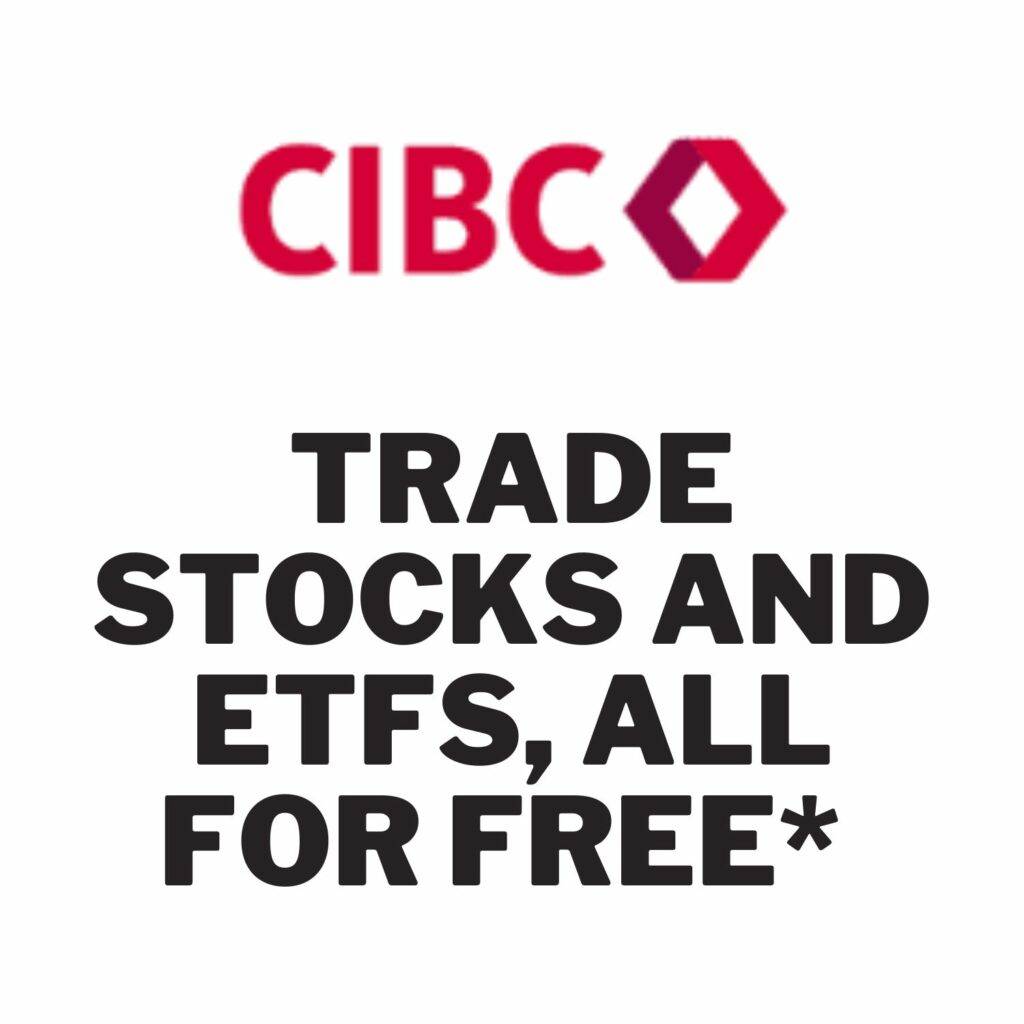In this post, we will discuss low volatility ETFs. This type of ETFs is popular with investors, especially during periods of strong stock market fluctuations. A low-volatility ETF is primarily a way to stay invested in the equity market while reducing your risk. These funds can generate growth despite their low volatility. ZLU and ZLB ETFs are among the most popular funds in this category:

- ZLB Canadian Market Low Volatility Fund
- ZLU Low Volatility Fund – US Market
For each fund, the investment objective and historical performance will be presented.
This article is available in Video format on our Youtube Channel!
Investment objective ZLU and ZLB ETF
The objective of the BMO Low Volatility Canadian Equity ETF (ZLB) is to provide exposure to a portfolio of low-beta Canadian equities. The portfolio only includes large cap stocks. The manager selects the stocks that are the least sensitive to the market. In total, ZLB invests in 47 Canadian stocks such as Hydro One, Metro Inc…etc.
ZLU has the same investment strategy as ZLB, but it invests in US securities. ZLU’s portfolio is made up of 100 of the least volatile stocks in the US market.
ZLU and ZLB are designed for investors concerned about market volatility. These investors want to stay invested in the stock market while reducing their market risk. ZLU and ZLB meet this need. These funds invest primarily in securities that are less volatile than the market. And, therefore, the resulting portfolios will have lower overall volatility than the market.
ZLU’s managers use Beta (over 5 years) as the main tool to assess market sensitivity of a stock.
8 Best Covered Call ETF Canada – High dividend yield
VUN: Vanguard US Total Market ETF
How the Beta is calculated?
The beta of a stock is the coefficient of sensitivity that indicates the relationship between fluctuations in the value of the security and fluctuations in the market. It’s the best measure of the systemic risk of a stock. In other words, how the broad market fluctuations impact the stock.
Beta is calculated by regressing the profitability of a stock on the profitability of the entire market. The market has a beta of 1.

Illustration
A stock ABC has a beta of 1.5. If the borad market fluctuates by +10% for example, ABC will tend to be 1.5 more volatile than the market and will go up on average +15%. The opposite is true if the market loses ground. So, if market goes down by -10%, ABC will on average slide -15%.
High Beta stocks can be found typically in market segments such as: energy, tech…etc. Low Beta stocks are usually in stable industries such as consumer staples, utilities, health care…etc.
Historical performance of ZLB ETF
[stock_market_widget type=”card” template=”basic” color=”#5679FF” assets=”ZLB.TO” display_currency_symbol=”true” api=”yf”]
[stock_market_widget type=”chart” template=”basic” color=”#5679FF” assets=”ZLB.TO” range=”1mo” interval=”1d” axes=”true” cursor=”true” range_selector=”true” display_currency_symbol=”true” api=”yf”]
We will compare ZLB with two similar ETFs:
- XMV – Ishares Edge MSCI Min Vol Can ETF
- FCCL – Fidelity Canadian Low Vol Index ETF
The ETFs above serve the same purpose as ZLB. However, the strategies used and the portfolios are different. For example, in the case of XMV from iShares, the fund manager does not use beta to select stocks, but rather the concept of “minimum volatility”. In other words, the manager ensures that the portfolio is low volatility and representative of the replicated index. Thus, the portfolio may contain volatile securities but the manager ensure that the covariance (the relationship between these securities) is low.
| AUM in M | MER % | |
| ZLB -ZLU BMO Low Volatility CAD Equity | 2,610 | 0.39 |
| XMV -Ishares Edge MSCI Min Vol Can | 155 | 0.33 |
| FCCL – Fidelity Canadian Low Vol Index ETF | 22 | 0.39 |
Source: TD Market and Research – MER Management expense ratio – AUM Assets under management
[stock_market_widget type=”table-quotes” template=”basic” assets=”ZLB.TO,XMV.TO,FCCL.TO” fields=”symbol,ytd_return,three_year_average_return,five_year_average_return” links=”{‘ZLB.TO’:{},’XMV.TO’:{},’FCCL.TO’:{}}” display_header=”true” display_chart=”false” display_currency_symbol=”true” pagination=”true” search=”false” rows_per_page=”5″ sort_field=”logo_name_symbol” sort_direction=”asc” alignment=”left” api=”yf”]
Updated daily
The ZLB fund has assets under management that exceed $2 billion. Without a doubt, it is the most popular low volatility fund in Canada. In terms of management expense ratio, XMV has the lowest MER at 0.33%. However, ZLB and FCCL are very close.
ZLB is the best fund in terms of long-term performance (5 years).
Review of NNRG ETF: Ninepoint Energy Fund
XIC vs XIU: Best Canadian Index ETFs
ZLB vs XIU (Canadian index ETF)
The table below compares ZLB’s performance with an index ETF XIU (iShares S&P/TSX 60 Index ETF). I find the table illustrates the whole point of owning low volatility ETFs. We can see that ZLB performs better than an index ETF during market corrections. The fact that of ZLB portfolio is mainly comprised of low Beta stocks reduces greatly the risk and delivers a better performance.
Trailing returns % vs Benchmark
[stock_market_widget type=”table-quotes” template=”basic” assets=”ZLB.TO,XIU.TO” fields=”symbol,ytd_return,three_year_average_return,five_year_average_return” links=”{‘ZLB.TO’:{},’XIU.TO’:{}}” display_header=”true” display_chart=”false” display_currency_symbol=”true” pagination=”true” search=”false” rows_per_page=”5″ sort_field=”logo_name_symbol” sort_direction=”asc” alignment=”left” api=”yf”]
ZLB ETF Portfolio
| Name | Weight |
|---|---|
| Hydro One Ltd | 4,88 % |
| Fortis Inc | 3,48 % |
| Franco-Nevada Corp | 3,45 % |
| Emera Inc | 3,42 % |
| Metro Inc | 3,38 % |
| Intact Financial Corp | 3,32 % |
| Loblaw Cos Ltd | 3,20 % |
| Empire Co Ltd classe A | 3,08 % |
| Canadian Utilities Ltd classe A | 2,88 % |
| Fairfax Financial Holdings Ltd | 2,67 % |
ZLB ETF Sector allocation
| Sector | Weight |
|---|---|
| Services financiers | 21,78 % |
| Services aux consommateurs | 19,95 % |
| Services publics | 16,42 % |
| Télécommunications | 10,84 % |
| Immobilier | 10,48 % |
| Autres | 20,53 % |
Historical performance ZLU ETF
[stock_market_widget type=”card” template=”basic” color=”#5679FF” assets=”ZLU.TO” display_currency_symbol=”true” api=”yf”]
[stock_market_widget type=”chart” template=”basic” color=”#5679FF” assets=”ZLU.TO” range=”1mo” interval=”1d” axes=”true” cursor=”true” range_selector=”true” display_currency_symbol=”true” api=”yf”]
We will be comparing ZLU with two similar ETFs:
- ULV-F Invesco S&P 500 Low Volatility Index
- TULV TD Q U.S. Low Volatility ETF
The ETFs above have the same objective as ZLU. However, the strategies used and the holdings are different. For instance, in the case of Invesco’s ETF ULV-F, the fund manager does not use the Beta to select stocks but rather the concept the ‘lowest realized volatility over the past 12 months’.
| AUM in M | MER | |
| ZLU -ZLU BMO Low Volatility US Equity | 1,307 | 0.33 |
| ULV-F Invesco S&P 500 Low Volatility Index | 176 | 0.30 |
| TULV TD Q U.S. Low Volatility ETF | 50 | 0.34 |

[stock_market_widget type=”table-quotes” template=”basic” assets=”ZLU.TO,ULV-F.TO,TULV.TO” fields=”symbol,ytd_return,three_year_average_return,five_year_average_return” links=”{‘ZLU.TO’:{},’ULV-F.TO’:{},’TULV.TO’:{}}” display_header=”true” display_chart=”false” display_currency_symbol=”true” pagination=”true” search=”false” rows_per_page=”5″ sort_field=”logo_name_symbol” sort_direction=”asc” alignment=”left” api=”yf”]
Updated daily
The historical performance seem to be in favour of BMO’s fund ZLU.
What are the holdings of ZLU ETF?
| Weight (%) | Name |
|---|---|
| 1.58% | CAMPBELL SOUP CO |
| 1.55% | DOLLAR GENERAL CORP |
| 1.52% | DOMINO’S PIZZA INC |
| 1.51% | JOHNSON & JOHNSON |
| 1.45% | MERCK & CO INC |
| 1.40% | KELLOGG CO |
| 1.39% | CBOE GLOBAL MARKETS INC |
| 1.37% | PFIZER INC |
| 1.36% | QUEST DIAGNOSTICS INC |
| 1.36% | BECTON DICKINSON AND CO |
ZLU ETF: Sector allocation

Since the fund’s primary selection criteria is low Beta, it’s no surprise the sector allocation is dominated by Utilities, Consumer Staples and Healthcare. However, overall, the fund is well diversified and offers both potentiel for growth and low volatility.
Full list of low volatility ETFs in Canada
| SYMBOL | NAME |
|---|---|
| ZLB | BMO Low Volatility CAD Equity ETF |
| FCCL | Fidelity Canadian Low Vol Index ETF |
| XMV | Ishares Edge MSCI Min Vol Can ETF |
| MKC | Mackenzie Max Dvrs Cda Index ETF |
| XMM | Ishares Edge MSCI Min Vol Emerg ETF |
| XMW | Ishares Edge MSCI Min Vol Gbl ETF |
| MWD | Mackenzie Max Diversif World Dev ETF |
| VVO | Vanguard Global Min Vol ETF |
| XMI | Ishares Edge MSCI Min Vol EAFE ETF |
| ZLU | BMO Low Volatility US Equity ETF CAD |
| FCUL | Fidelity US Low Vol Index ETF |
| XMU | Ishares Edge MSCI Min Vol USA ETF |

